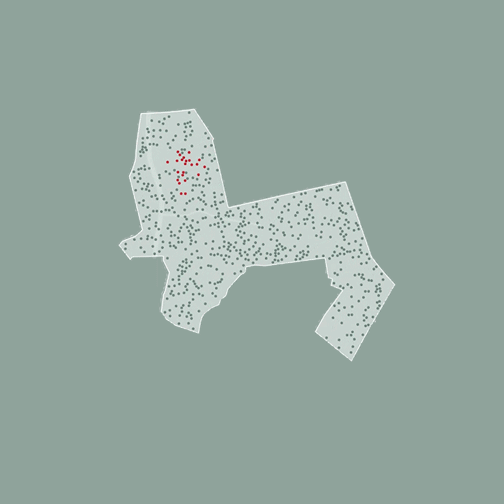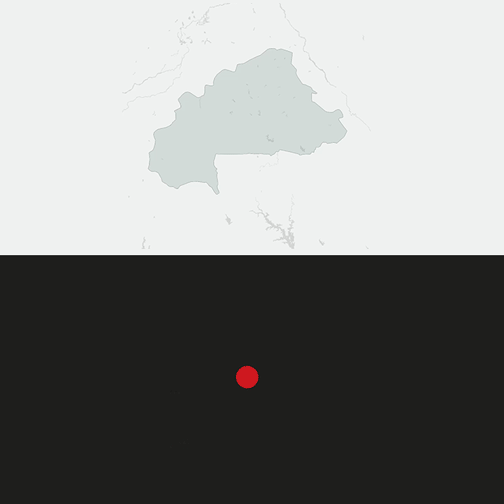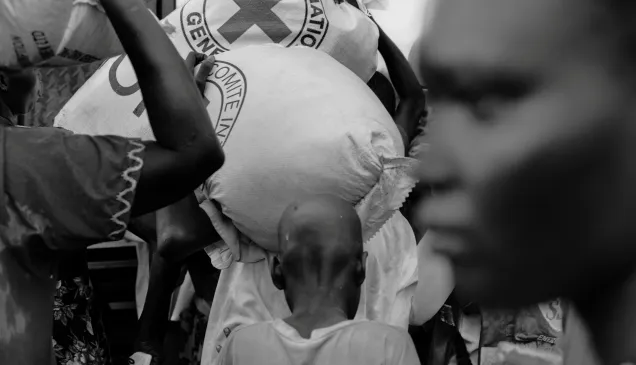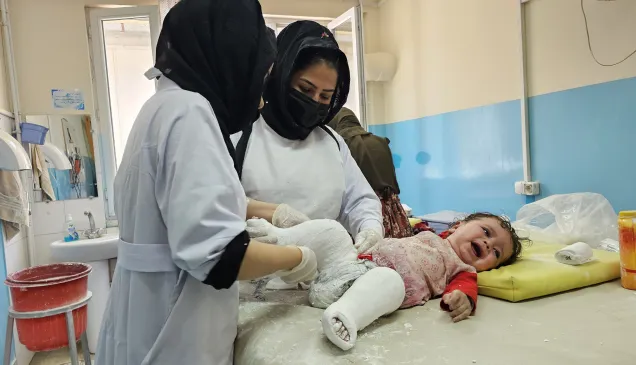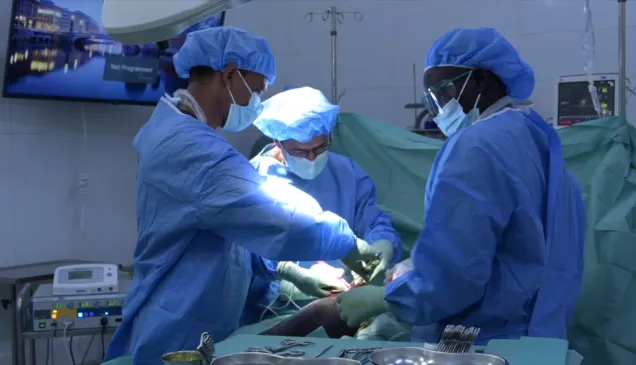COVID-19 in conflict zones – Visualizing the risk
COVID-19 is a threat to us all, wherever we are, but the risk the virus poses to each of us is far from equal. For war-torn countries, the stakes couldn’t be higher. Physical distancing is often an impossible luxury. Soap and clean water are not always easy to come by and many places lack basic health care facilities.
For tens of millions of people who are forcibly uprooted from their homes by war and disaster, home is an overcrowded displacement camp or sharing a home with another family. Physical distancing is often impossible, while soap, clean water, and health care are often limited. These conditions are fertile ground for COVID-19 to spread, all while war and violence continue to drive people from their homes in parts of the world.
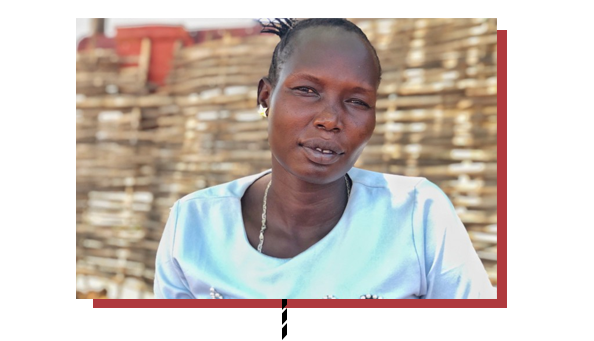
"I am really scared of COVID-19 as it is a dangerous disease. If coronavirus hits here the situation will be more difficult. You can implement measures to prevent the spread of the virus in certain places but here it will be challenging as a lot of people are living in one place. Should any of them get the virus then all of us will get it."
-
Nyawal from South Sudan
See our visualization on
physical distancing
Conflict takes a grave toll on health care systems. Hospitals and clinics far too often are destroyed in bombing, shelling, and gunfire. Others are abandoned altogether because of underinvestment or the staff had to flee for their safety. This means that millions of people do not have doctors or nurses to call upon when they are sick or injured. It is not uncommon for people in the places where we work to walk for hours, even days, to reach the nearest medical facility — a journey that makes even the most preventable and treatable of illnesses deadly.
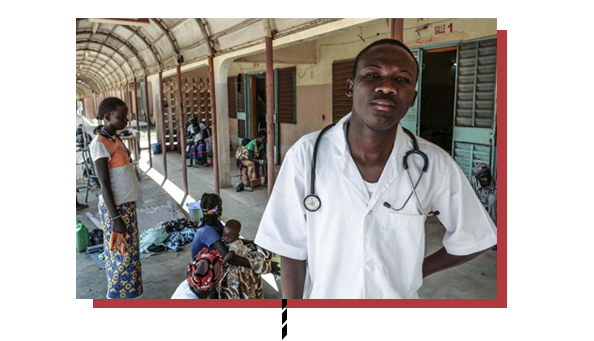
"The insecurity has caused huge anxiety among health workers. Even coming here to Barsalogho is a huge challenge because the route is so dangerous."
-
Dr Bertrand Dibri - (Health worker in Burkina Faso)
See our visualization on
doctors
A surge in COVID-19 cases inevitably means a spike in COVID-19 deaths. The death toll has left many countries struggling with how to manage and bury the dead with dignity. The challenge is starkest in cities, where available land is scarce and the number getting sick and dying of COVID-19 is high. Our worry is that if authorities do not plan today for how COVID-19 deaths will be handled, it will be impossible to document the dead and honor burial customs that allow for families to have closure.
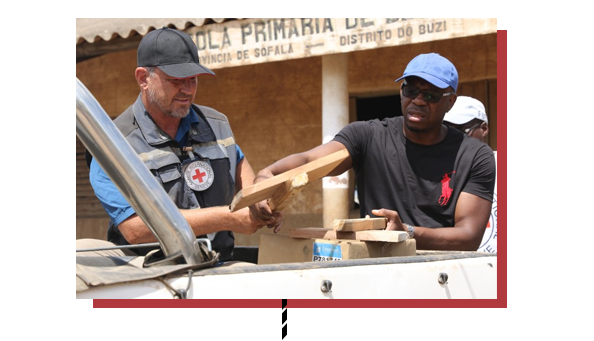
"People often don't see the importance of forensics until it's your loved one – your mother, brother, or child. Then, you care deeply about how a body is handled. This pandemic has demonstrated how important the needs of bereaved families are. It's so important that the dead are respected, their whereabouts are traceable, and families get to mourn."
-
Stephen Fonseca (ICRC's head of forensics in Africa)
See our visualization on
burial space
Notes to editors:
Data used for this visualization comes from public reports and sources such as Google Earth as well as ICRC data. We have shared the source information wherever possible for each story. The information is used to illustrate the topic and the ICRC does not take responsibility for the accuracy of the publicly-sourced data-sets.
Physical distancing: Bangladesh: UNHCR, ISCG, Syria: REACH, South Sudan: IOM, UNHCR, CCCM Cluster, Camp standards: Sphere
Doctors per capita: Mali: WHO Afghanistan: WHO Burkina Faso: WHO
Forensics: ICRC - Management of Dead Bodies after Disasters: A Field Manual for First Responders

